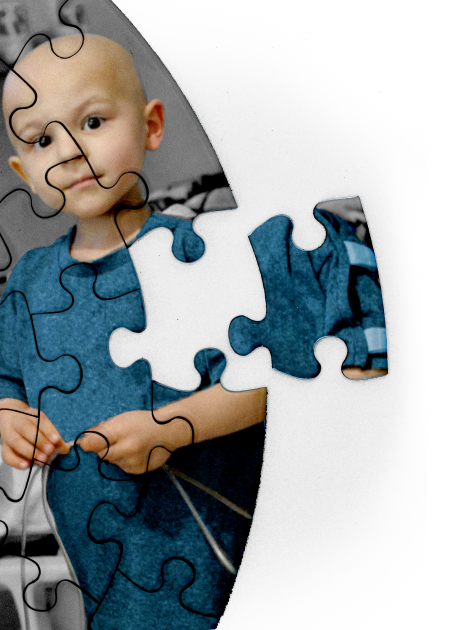 Pediatric cancer treatment has come a long way in the last century. Back in the 1950s, a childhood cancer diagnosis was almost always fatal. But today, thanks to decades of childhood cancer research, 4 out of 5 of children diagnosed with cancer will survive. That’s great news, but as any childhood cancer survivor can tell you, that cure comes at a cost.
Pediatric cancer treatment has come a long way in the last century. Back in the 1950s, a childhood cancer diagnosis was almost always fatal. But today, thanks to decades of childhood cancer research, 4 out of 5 of children diagnosed with cancer will survive. That’s great news, but as any childhood cancer survivor can tell you, that cure comes at a cost.
Today’s pediatric cancer treatments, although often effective at killing cancer, are very harsh on small, growing bodies, with side effects ranging from brain damage and hearing damage to extreme sickness or even death. Then there are the late effects — among them heart disease, infertility and even secondary cancers — that can surface years down the line. Two-thirds of survivors have a chronic health problem as a result of their treatment, and 1 in 4 will face a severe or life-threatening late effect. There’s still a long way to go until every child is cured — and until a cure doesn’t come at such a price.
So what’s the key to improving pediatric cancer treatment? More pediatric cancer research. Here’s why.
Cancer treatment isn’t “one size fits all.”
Pediatric cancer isn’t just one type of cancer. There are hundreds of types and subtypes of childhood cancer, and no two can be treated exactly the same. In fact, even the same type of cancer can behave differently in different children. There is no blanket approach to cancer treatment, and there probably won’t be a silver bullet that can cure every cancer. It’s not as simple as taking a drug that works for leukemia and giving it to children with brain tumors — each type of cancer needs its own specialized research.
There’s a lot we still don’t know about childhood cancer.
Childhood cancer is complicated, and childhood cancer research is complicated. For each of the many different types of childhood cancer, researchers need to understand what drives the cancers in order to figure out what therapies might target those drivers. Then they have to test those therapies first in the lab, and then in real children, whose bodies often behave quite differently than cells in a petri dish. This “bench to bedside” process, as it’s called, can take years — sometimes decades — of hard work, trial after trial, before researchers land on a new therapy that’s both safe and effective for children.
Children are not small adults.
The bulk of cancer research funding in the U.S. comes from the federal government, but the amount allotted for childhood cancers is paltry compared to the share for adult cancers. Talented would-be childhood cancer researchers turn away from the field in favor of more lucrative research prospects, and those who remain are left scrambling to find funding for their projects. But children’s developing bodies are different than adults’ bodies, and the cancers that affect them are different, too. It’s not enough to do more research for adult cancers — children need more research specifically for the cancers that affect them.
Not all children with cancer can be cured — yet.
Despite all the progress we’ve made, cancer kills more children in the U.S. than any other disease — in fact, more than many other top diseases combined. While some types of childhood cancer have cure rates above 90%, there are some, like DIPG, which no child has ever survived. And sometimes, even once the cancer goes away, it can come back — and it’s almost always harder to cure the second or third time around. Every child deserves to grow up and live a life of their own design, but we have a long way to go until that’s a reality for all children with cancer.
At the ACCO, we believe in the power of research, the importance of advocacy and the value of programs that help children and families affected by childhood cancer. When you give to the ACCO, you’re supporting all three. Please donate today.




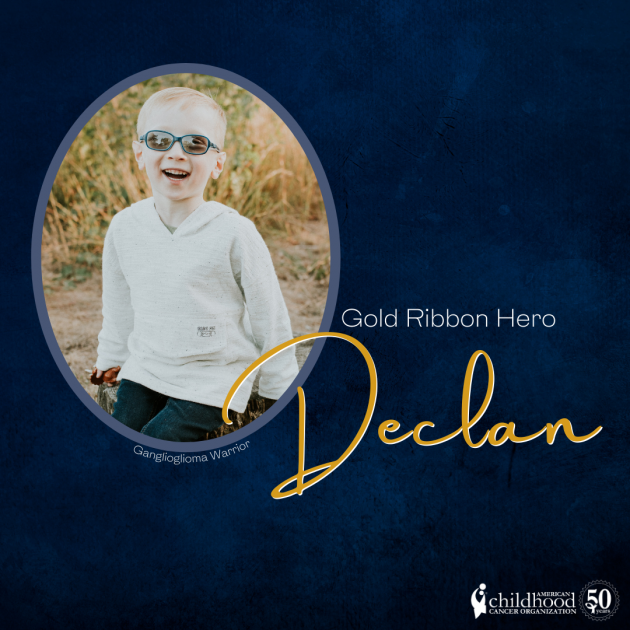

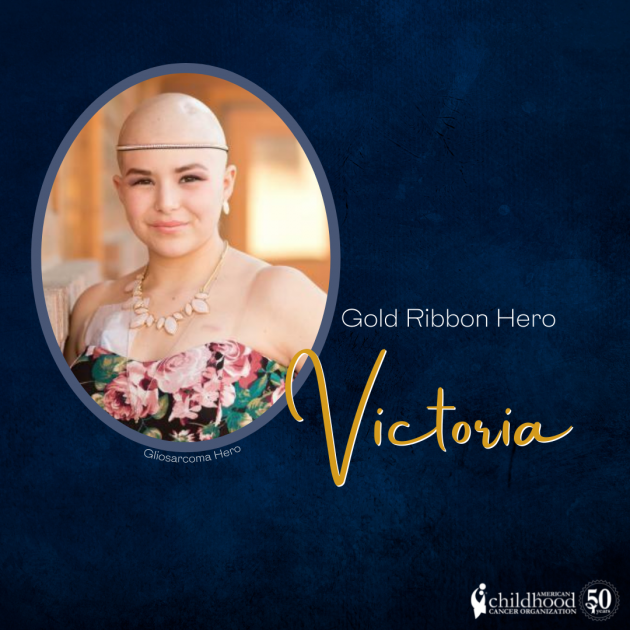
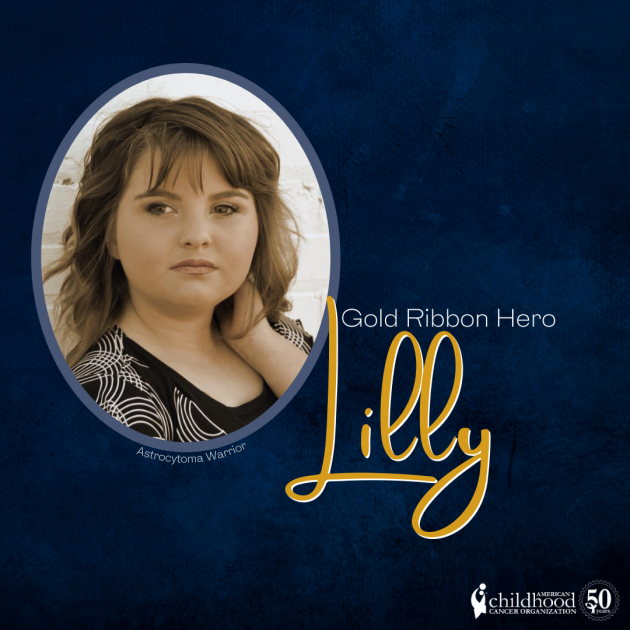
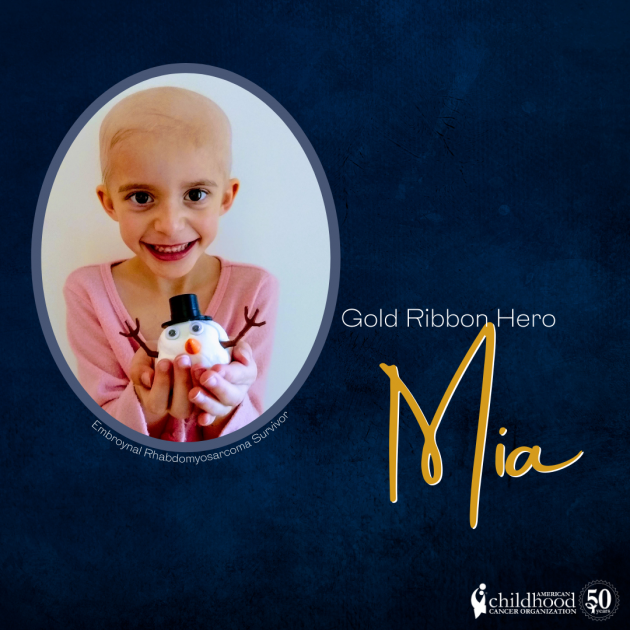
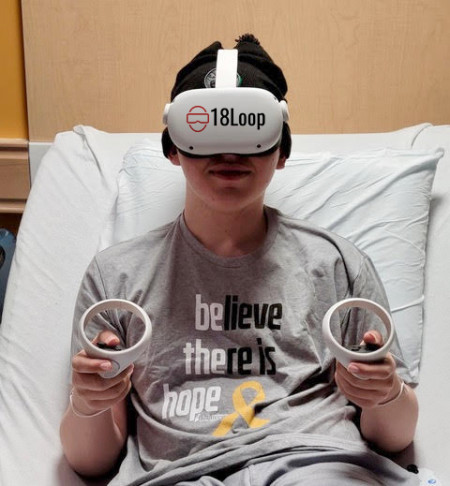
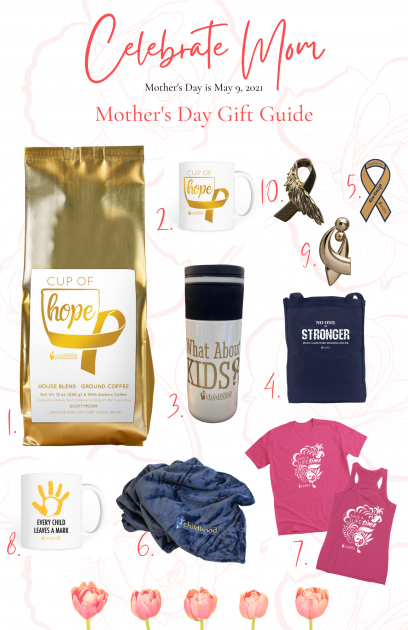
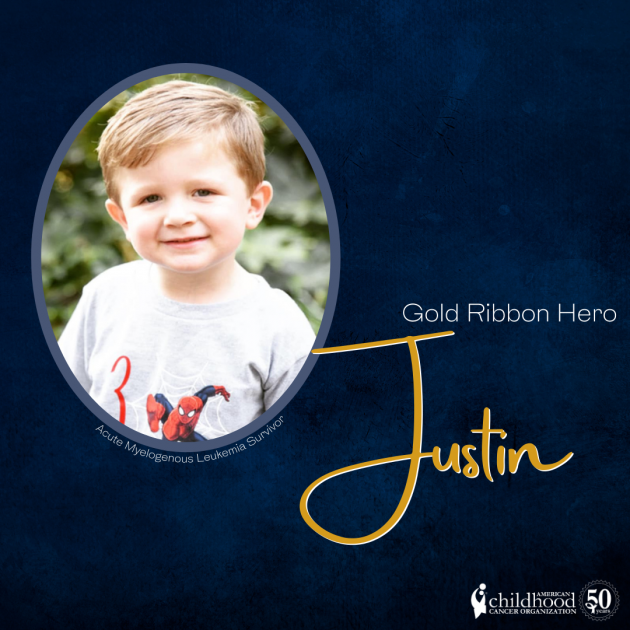
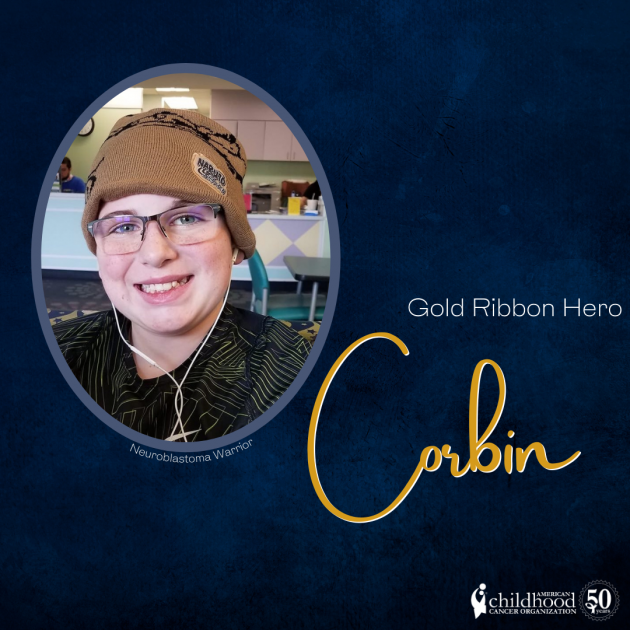
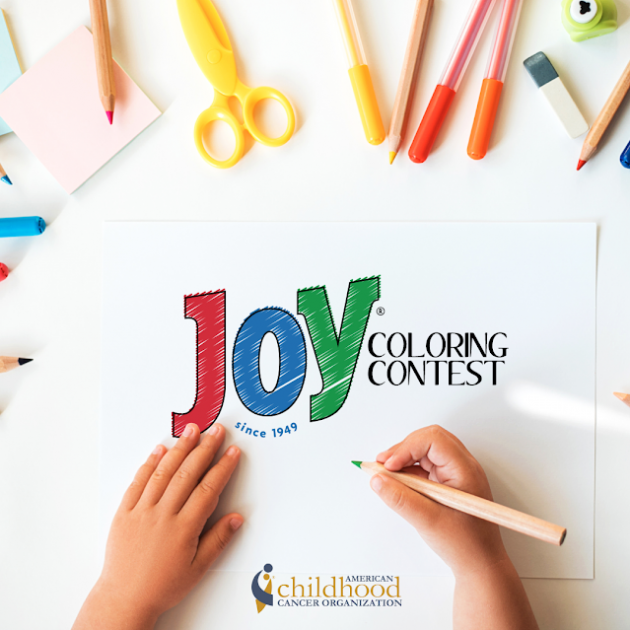
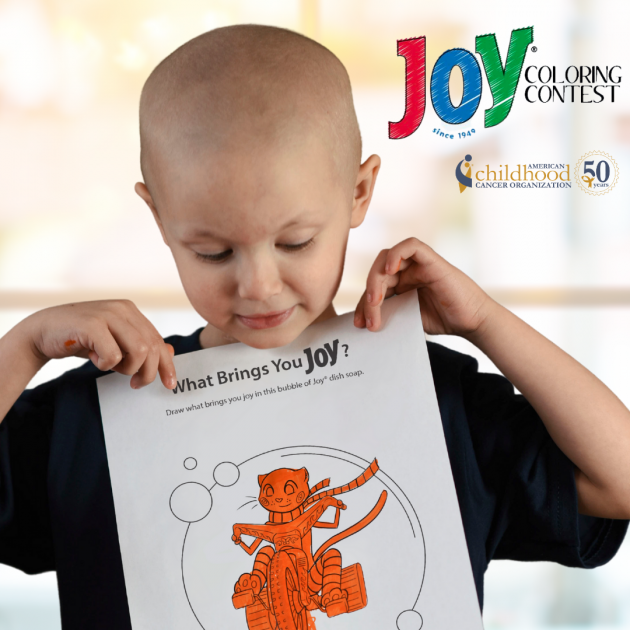 JoySuds hopes this contest will not only give kids a positive way to express their emotions, but bring awareness to the American Childhood Cancer Organization, a non-profit that JoySuds is proud to support. With 46 children diagnosed with cancer in the U.S. every day, JoySuds hopes to bring the work of this important charity to the forefront of people’s minds, promoting donations that will help facilitate research and resources for the ACCO.
JoySuds hopes this contest will not only give kids a positive way to express their emotions, but bring awareness to the American Childhood Cancer Organization, a non-profit that JoySuds is proud to support. With 46 children diagnosed with cancer in the U.S. every day, JoySuds hopes to bring the work of this important charity to the forefront of people’s minds, promoting donations that will help facilitate research and resources for the ACCO.